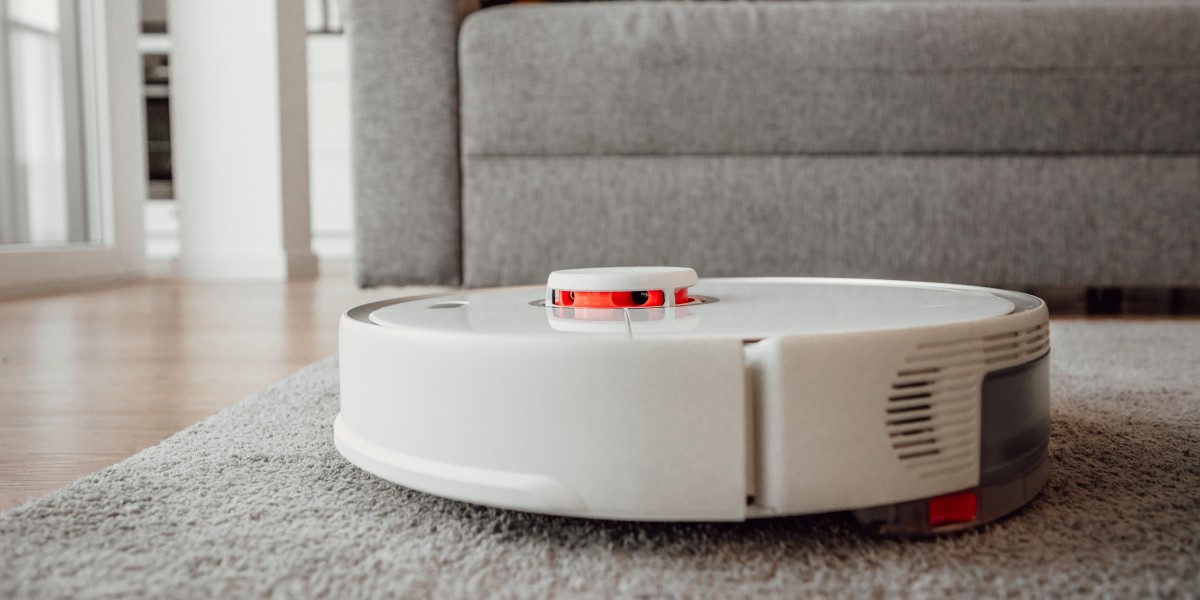Unveiling the Secrets: What Truly Makes the Perfect Fishing Rod for Every Adventure!
When it comes to fishing, the right equipment can make or break your experience. Among the various tools, the fishing rod stands out as perhaps the most crucial element. But what truly constitutes the best fishing rod? The answer is not straightforward, as it varies significantly based on individual preferences, fishing styles, and environmental conditions. From the tranquil waters of a lake to the roaring waves of the ocean, each fishing adventure requires a different approach to rod selection. In this article, we will delve into the key factors that define the ideal fishing rod tailored to various adventures, ensuring that whether you're a seasoned pro or a weekend warrior, you can elevate your fishing game.

Understanding Fishing Rod Basics
To appreciate what makes a fishing rod the best for your needs, it's essential to understand its basic components. A fishing rod typically consists of the blank, guides, reel seat, and handle. The blank is the main body of the rod, which determines its strength and flexibility. Guides are the small loops along the rod that help direct the fishing line, while the reel seat is where the reel attaches. Lastly, the handle is where you grip the rod, impacting your control and comfort during use. High-quality materials, such as graphite or fiberglass, contribute to the rod's overall performance, affecting sensitivity, durability, and weight. A well-constructed rod not only enhances your fishing experience but also improves your chances of landing that coveted catch.
Different Fishing Styles and Their Requirements
Fishing is not a one-size-fits-all activity; different styles require different rods. For instance, freshwater fishing typically calls for lighter rods, usually between 6 to 7 feet in length, which provide the sensitivity needed for detecting bites. In contrast, saltwater fishing requires sturdier rods due to the larger species and harsher conditions, with lengths ranging from 7 to 12 feet. Fly fishing is an art that demands a specialized rod designed for casting lightweight flies, often featuring longer lengths and unique actions. Ice fishing, on the other hand, necessitates short rods that can be easily maneuvered in confined spaces. Understanding the nuances of rod length, power, and action for each style is crucial for maximizing your success on the water.
Considering Fishing Conditions
The environment in which you fish plays a significant role in rod selection. For instance, fishing from a boat might allow for longer rods that enhance casting distance, while shore fishing may require more compact options for easier handling. Different water types also influence your choice; rocky rivers might necessitate a more robust rod to withstand the challenges of snags and stronger currents, whereas calm lakes could benefit from a lighter, more sensitive rod. Additionally, varying weather conditions such as wind, rain, or extreme temperatures can affect your fishing experience. As a general rule, it's vital to consider the target species and their habitat when choosing your fishing rod; doing so will help ensure you’re well-prepared for the challenges ahead.
Personal Preferences and Ergonomics
Beyond technical specifications, personal comfort and ergonomics significantly impact your fishing experience. Everyone has different preferences regarding rod weight, grip style, and length. Some anglers prefer a heavier rod for added control, while others may opt for a lighter model for ease of use over long periods. Additionally, the grip material and shape can influence how comfortable you feel while fishing. A rod that feels good in your hands can make a long day on the water much more enjoyable. Friends of mine have shared stories of how a simple change in grip or rod length transformed their experience, allowing them to fish longer and with greater satisfaction. Ultimately, finding the right balance between comfort and performance is key to enhancing your fishing adventures.
Maintenance and Care for Longevity
Additionally, taking proper care of your fishing rod can significantly prolong its life. It's essential to clean your rod after each trip, removing dirt, grime, and salt, which can lead to damage over time. Rinse your rod with fresh water and wipe it down with a gentle cloth to ensure it remains in top condition. Many anglers overlook the importance of maintenance, but being mindful of these simple steps can help prevent significant issues. Proper maintenance is crucial for keeping your rod's performance at its best, allowing you to enjoy successful fishing adventures for years to come.
Making an Informed Choice for Your Fishing Adventures
In conclusion, choosing the best fishing rod is a multifaceted decision that hinges on a variety of factors, including personal preferences, fishing styles, and environmental conditions. By understanding the basic components of a rod, the requirements of different fishing styles, and the importance of comfort and maintenance, you can make an informed choice that enhances your fishing experience. Remember, the perfect fishing rod is not just about brand names or price tags; it's about finding the right fit for your unique fishing adventures. So, as you gear up for your next outing, take the time to consider these factors, and you’ll surely discover the rod that makes every cast feel just right.








